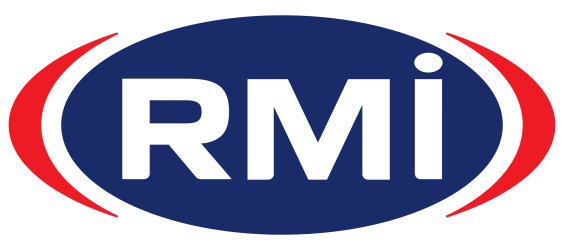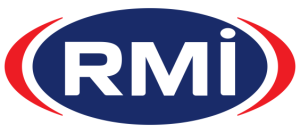Hyundai takes to the sky with Uber Elevate
The Hyundai Motor Company and Uber have announced a partnership to develop Uber Air Taxis for a future aerial ride share network and unveiled a new full-scale aircraft concept at […]
Bosch is searching for African Smart Mobility start-ups
Bosch Africa is offering the first of its kind smart mobility competition. In conjunction with Founders Factory, a corporate-backed technology accelerator and incubator, Bosch is inviting smart mobility start-ups within […]
SAPRA meets with Ghanian NPA
The South African Petroleum Retailers Association participated in the three day engagement programme with the delegation of experts from the National Petroleum Authority (NPA) of the Republic of Ghana on […]
GM, NASA Jointly Developing Robotic Gloves
General Motors and NASA are jointly developing a robotic glove that auto workers and astronauts can wear to help do their respective jobs better while potentially reducing the risk of […]
Bio-based Tyres Edge Closer to Reality
Goodyear and DuPont Industrial Biosciences are working together to develop BioIsoprene, a revolutionary bio-based alternative for petroleum-derived isoprene. BioIsoprene can be used for the production of synthetic rubber, which in […]
Goodyear Innovations On Display In Geneva
Goodyear’s innovative technology and industry-leading new product engine are on display at the 82nd Geneva International Motor Show taking place this week in Switzerland. New technologies on display include Goodyear’s […]
BMW Group Opens Largest Showroom Worldwide
The BMW Group has opened the world’s largest showroom for BMW, MINI and Rolls-Royce Motor Cars and BMW motorcycles in Abu Dhabi. Abu Dhabi Motors, the BMW Group’s long-standing importer […]
AAIA Opposes Anti-Aftermarket, Anti-Consumer Parts Bill
The Automotive Aftermarket Industry Association (AAIA) has called on members of the Oklahoma Senate Business and Commerce Committee to oppose legislation that would require insurance companies to advise consumers, in […]
Symposium Provides Vital Info To Fleet Operators
Over 170 top commercial fleet representatives, industry leaders and transportation policy makers discussed the future of the road freight sector in Europe recently. Goodyear Europe hosted an event that saw […]
Tyre Power Added To Brityrex 2012
More big name exhibitors have been announced for Brityrex International 2012 in Manchester, joining other leading brands at the UK’s only specialist tyre and equipment exhibition. New names recently confirmed […]

